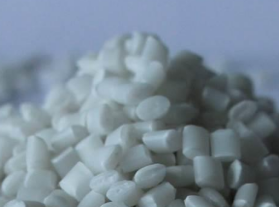 PE Granules PE Granules
Polyethylene, polyethylene, or polythene is a thermoplastic polymer produced from the polymerization of propylene gas in the presence of a catalysts system. This gas is also one of the by-products of crude oil and natural gas. It is the most popular thermoplastic used with a wide range of applications due to its various types.
Polyethylene can be classified into several types:
Low-Density PE (LDPE) High-Density PE (HDPE) Linear-Low-Density PE (LLDPE) Ultra-High Molecular Weight PE (UHMWPE) Ultra-Low Molecular-Weight PE (UHMWPE) High-Molecular-Weight PE (HMWPE) High-density cross-linked polyethylene (HDPE) Cross-Linked PE (PEX or XLPE) Very-Low-Density PE (VLDPE) Chlorinated PE (CPE)
Like polypropylene, they are usually used in the form of pellets, powders, fibers, and plastic granules for manufacturing other items. PE is one of the most common types of granules.
Advantages
Polyethylene has several advantages depending on its variant. LDPE (virgin ldpe granules) is a flexible material with high ductility but low tensile strength. This makes it suitable for the production of shopping bags and plastic films. HDPE (virgin hdpe resin) has a highly crystalline structure that makes the plastic rigid. This makes it suitable for producing things like garbage bins, cutting boards, and so on. UHMWPE is a very dense variant of polyethylene. It has a very high tensile strength and is usually incorporated into bulletproof vests and high-performance equipment.
Applications
PE is used to manufacture plastic bags, cling films, bottle containers, toys, flasks, buckets, cisterns, flexible tubing, basins, and so many other things. | 








 PP Granules
PP Granules PE Granules
PE Granules

